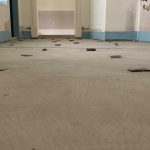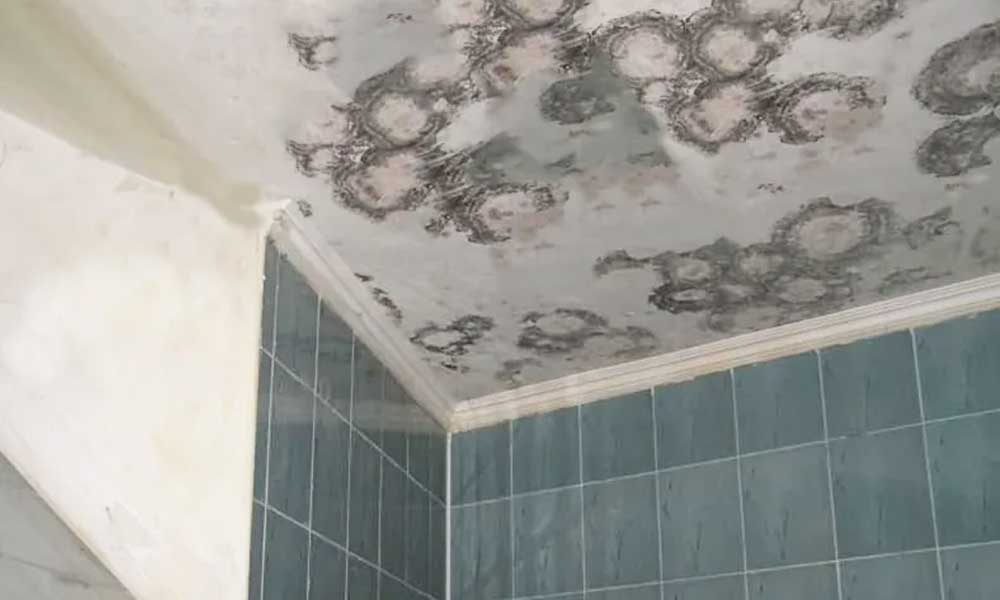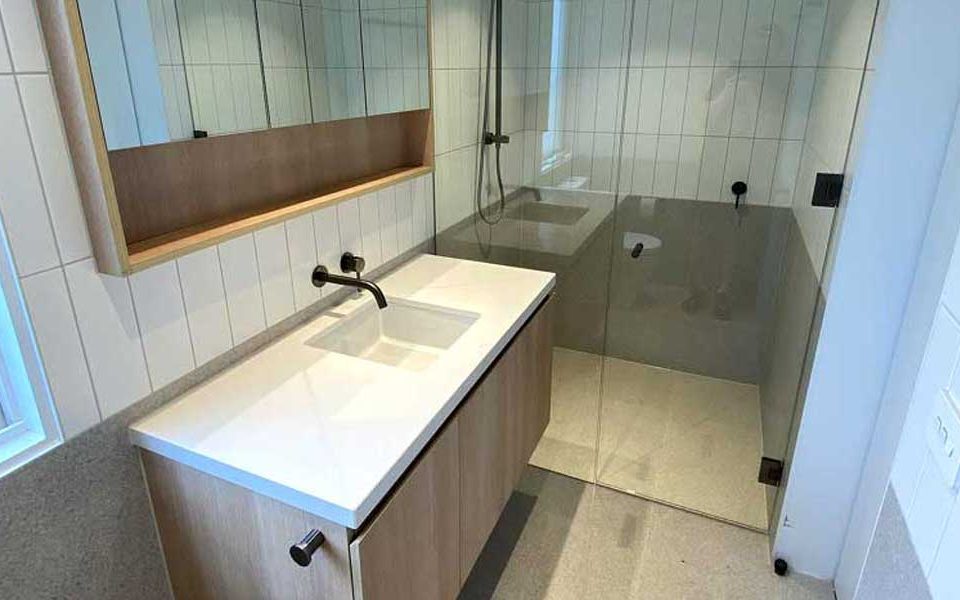
How to Tile a Floor in a Bathroom
June 2, 2024
Importance of Tiling in Bathroom Renovation
June 2, 2024Dealing with mold in your bathroom can be a frustrating task for homeowners. Understanding how to treat mold in the bathroom is essential for maintaining a healthy and clean living environment. Mold thrives in damp and humid conditions, making the bathroom a prime location for its growth. Addressing this issue promptly and effectively can prevent further damage and health risks.
Identifying Mold in the Bathroom
The first step in treating mold is to identify its presence. Look for black, green, or white patches on walls, ceilings, tiles, and grout lines. Mold often has a musty odor, which can also help in its detection. Once you have identified mold, it is crucial to act quickly to prevent it from spreading.
Preparing for Mold Removal
Before you begin the mold removal process, gather the necessary supplies. You will need protective gear such as gloves, a mask, and goggles. Additionally, ensure proper ventilation in the bathroom by opening windows and using fans. Having the right tools and safety measures in place is essential for effective mold removal.
Effective Mold Removal Techniques
Using Commercial Mold Removers
There are several commercial mold removers available that are specifically designed to kill mold spores. Follow the instructions on the product label carefully. Apply the mold remover to the affected areas and allow it to sit for the recommended time before scrubbing away the mold. Rinse the area thoroughly with water and dry it completely to prevent future mold growth.
DIY Mold Removal Solutions
If you prefer a more natural approach, you can use household items like white vinegar, baking soda, or hydrogen peroxide to treat mold. Mix one part vinegar with one part water in a spray bottle and apply it to the moldy areas. Let it sit for an hour before scrubbing and rinsing. Baking soda can be mixed with water to create a paste, which can then be applied and scrubbed away. Hydrogen peroxide can be used directly on moldy surfaces and left for 10 minutes before cleaning.
Preventing Future Mold Growth
Improving Ventilation
Proper ventilation is key to preventing mold growth in the bathroom. Use exhaust fans during and after showers to reduce humidity levels. Keep windows open when possible to allow fresh air to circulate. Reducing moisture in the bathroom will make it less hospitable for mold.
Waterproofing and Sealing
Applying waterproof paint and sealants to bathroom walls and ceilings can provide an extra layer of protection against moisture. Waterproof coatings prevent water from seeping into porous surfaces, reducing the chances of mold growth. Regularly inspect and maintain seals around bathtubs, showers, and sinks to ensure they are intact and effective.
Regular Cleaning and Maintenance
Consistent cleaning and maintenance are essential for keeping mold at bay. Wipe down surfaces regularly to remove moisture and prevent mold spores from settling. Use mold-resistant cleaning products to keep your bathroom mold-free. Include mold inspections in your routine house maintenance to catch any signs of mold early.
When to Call a Professional
In some cases, mold infestations may be extensive and difficult to handle on your own. If you notice widespread mold growth or experience health symptoms such as allergies or respiratory issues, it is advisable to seek professional help. Professional mold remediation services have the expertise and equipment to safely and effectively remove mold from your home. Including professional assistance in your property maintenance plan can save you time and ensure thorough mold removal.
Understanding how to treat mold in the bathroom is crucial for maintaining a healthy living space. By identifying mold, using effective removal techniques, and implementing preventive measures, you can keep your bathroom mold-free. Incorporate waterproofing, regular cleaning, and professional help when necessary into your house maintenance routine to protect your home and health.





